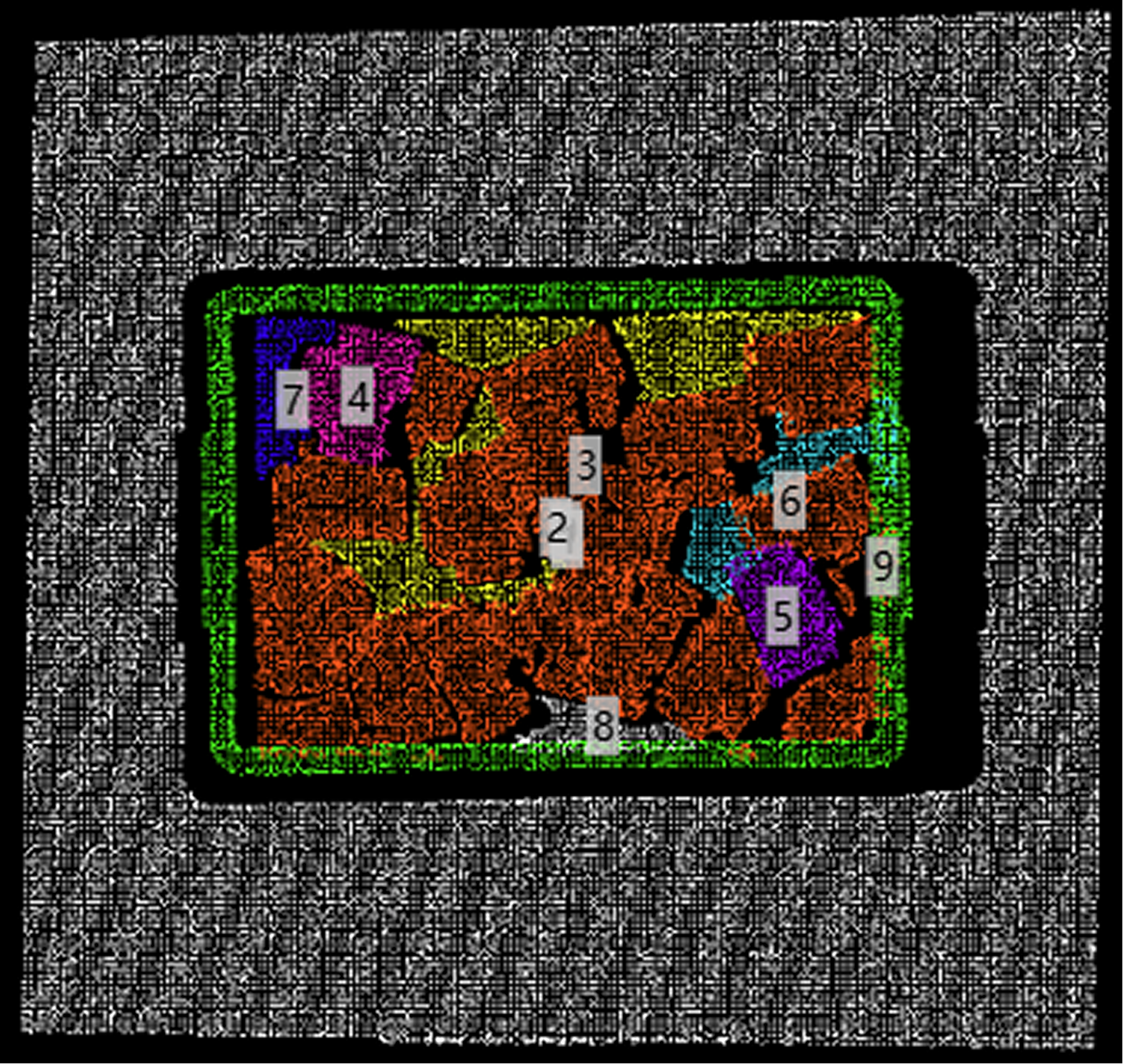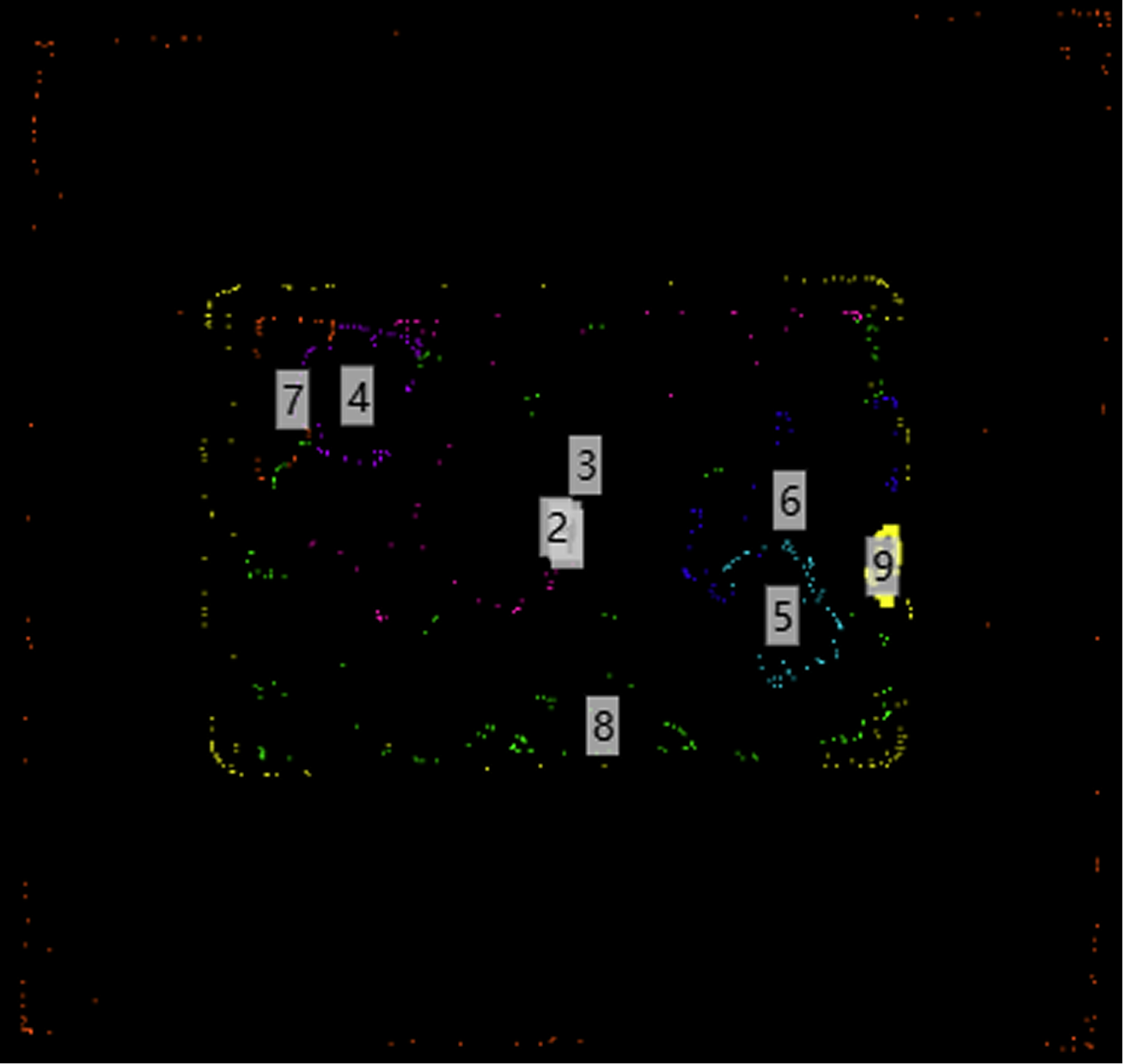🔷Calculate Point Cloud Convex Hull
|
This operator has two versions:
Both versions have exactly the same core functionality, differing only in the type of point cloud data they process. The output convex hull point cloud will retain the type of the input point cloud. |
Function Description
This operator calculates the three-dimensional convex hull for each input point cloud, outputting only the vertices that form the convex hull boundary (these vertices are part of the original input point cloud). The convex hull can be understood as the smallest convex polyhedron that encloses all points of the point cloud, like using a rubber band to tightly wrap around the outer points of the point cloud.
Usage Scenarios
-
Shape simplification and representation: Use fewer vertices (convex hull vertices) to represent the overall external contour and approximate shape of the point cloud.
-
Collision detection preprocessing: Using the convex hull of objects can greatly simplify calculations when performing collision detection.
-
Feature extraction: The volume, surface area, number of vertices, etc. of the convex hull can serve as shape features of the point cloud.
-
Accelerate subsequent calculations: Before calculating the minimum bounding box (AABB or OBB) of a point cloud, first calculate the convex hull, then perform calculations on the convex hull vertices, which can significantly reduce the number of points involved in calculations and improve efficiency, as the minimum bounding box of an object is the same as the minimum bounding box of its convex hull.

